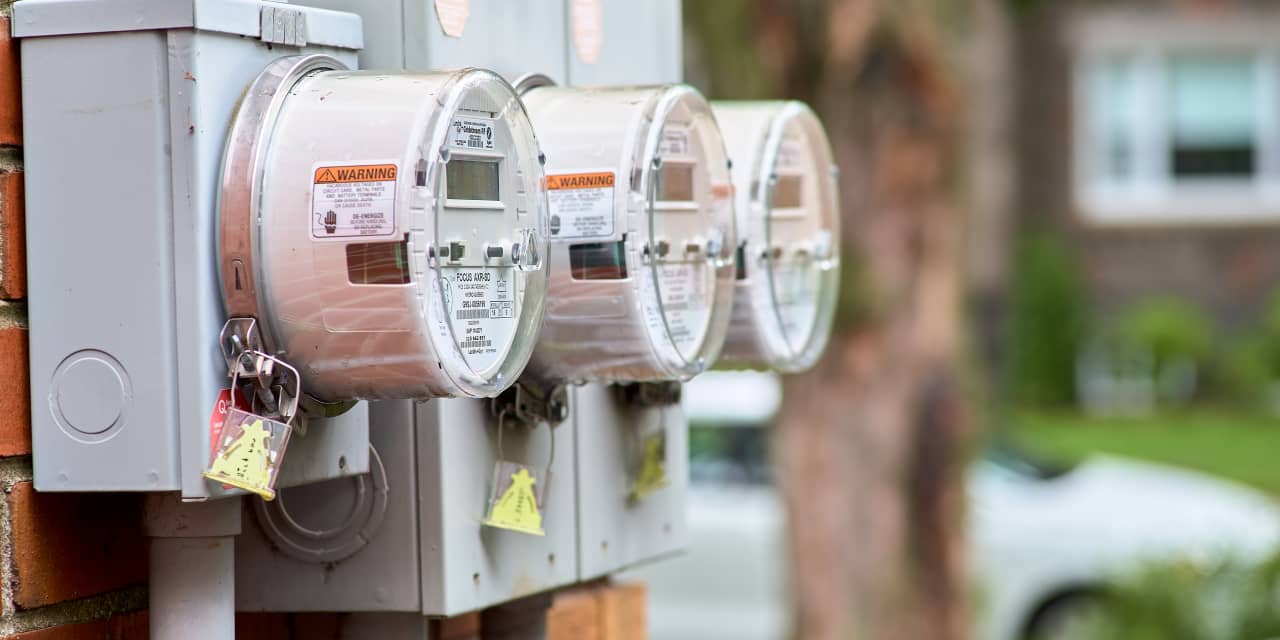Electric utilities are in a tough spot. When things work, which they do better than 99% of the time in the U.S., no one cares. When the lights go out, the howling begins.
No one is thrilled to pay a utility bill or see their rates go higher either. It’s not as if the lights shine any brighter when electricity prices go up.
Today, the average American pays between 12 and 13 cents per kilowatt-hour, or kWh, roughly double the rate in 1980. A doubling sounds alarming, but that was more than 40 years ago. Electricity prices typically rise at about 2% to 3% a year.
Why 12 or 13 cents is a mystery to most, including some analysts who build pricing models factoring in generation mix (such as wind and solar), transmission costs, as well as the impact of regulated, utility-owned power generation versus power generated by independent power producers.
Everything matters, to some degree, but the biggest reason people pay what they do for power is the money their neighbor makes. Average wages in a state matter more than just about anything else in setting power bills.
The five states in the continental U.S. with the highest average incomes pay almost 20 cents per kWh for electricity. The lowest-income states pay an average of about 10 cents.
The difference between the highest and lowest amounts to a person making roughly $100,000 a year versus $60,000 a year. States with the highest average wages are New York, Massachusetts, Connecticut, New Jersey, and California. The lowest average wage states are Kentucky, South Dakota, New Mexico, West Virginia, and Mississippi.
Those wage and power numbers indicate that the average household spends roughly 3% or 4% of gross income on electricity each year.
What about renewables, coal, and profit-hungry publicly traded companies? Doesn’t any of that matter? Not really.
The five states with the highest penetration of nonnuclear renewable power pay an average 12.5 cents per kWh. The states with the lowest penetration of nonnuclear renewable power pay an average of about 13 cents.
Changing the renewable generation mix doesn’t appear to drive power price inflation either. Renewables have roughly doubled as a percentage of overall U.S. electricity generation since 2010. Power prices have risen at an average annual rate of about 2% since then. U.S. consumer price inflation has averaged about 2.5% over the same span.
Coal does seem to affect pricing. The five states burning the most coal pay an average of about 10 cents per kWh. The states burning the least coal pay an average of about 20 cents. Coal looks cheap. There is an important caveat. Three of the states that burn the most coal are big coal producers: West Virginia, Wyoming, and Kentucky.
Resource availability appears to matter. Resource-rich states pay an average of about 10.5 cents per kWh. Resources can be wind, natural gas, coal, or a combination of any of those. The windiest states pay an average of about 11 cents per kWh. Oil and natural gas-rich states pay an average of about 10 cents per kWh. Five major coal-producing states, including Pennsylvania and Illinois, pay an average of about 11 cents.
The best way to minimize your electricity bill seems to be to live in a midsize, middle to low-income, resource-rich state. You can do that or just focus on making a little more money where you already live.
There doesn’t seem to be a way to lower power bills based on transmission and distribution costs. Transmission and distribution accounted for about 40% of average power costs in the U.S. in 2022. They accounted for about 45% of comparable costs in the high-wage state of Connecticut. Wages probably set distribution costs too. Line and construction workers need to get paid enough to live in their home state.
As for who pays the most, that distinction belongs to Hawaiians. They pay almost 40 cents per kWh. Hawaii is an island with a relatively small population. Hawaii is beautiful though. That’s a consolation prize.
Wyoming, a coal and wind-rich state, pays the lowest rates in the country at just over 8 cents per kilowatt-hour. Low rates have advantages for businesses. A huge, power-hungry, data center started construction in Wyoming in 2022.
Investors can use some of this knowledge, hopefully, to better understand power prices as the grid shifts to renewable power-generating assets. Consumers might feel a little better about their local utility providers after learning some of what they pay for power is beyond the control of a local utility.
Come to think of it, that probably won’t happen. People will still complain about what they are paying for when the lights go out.
Write to Al Root at [email protected]
Read the full article here




